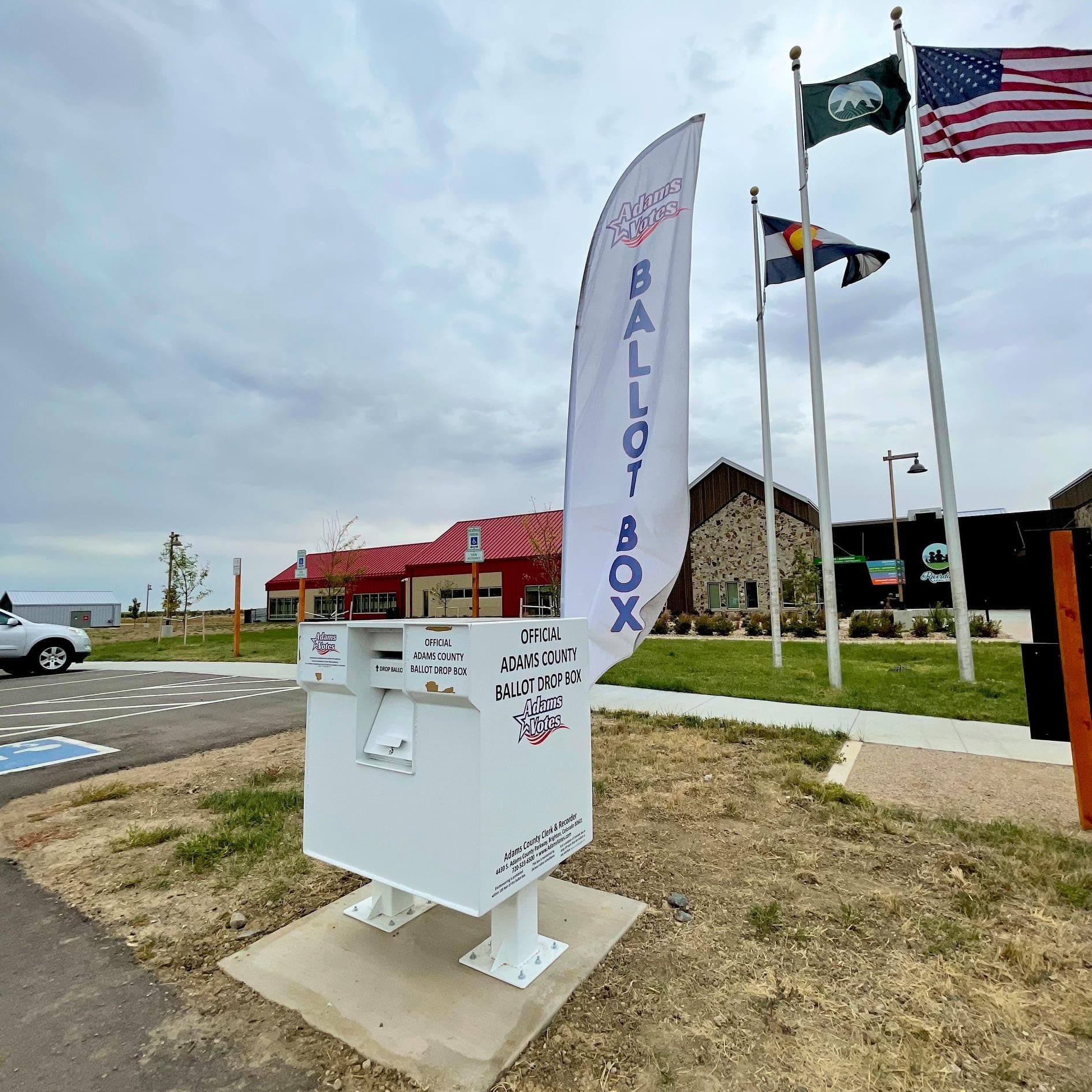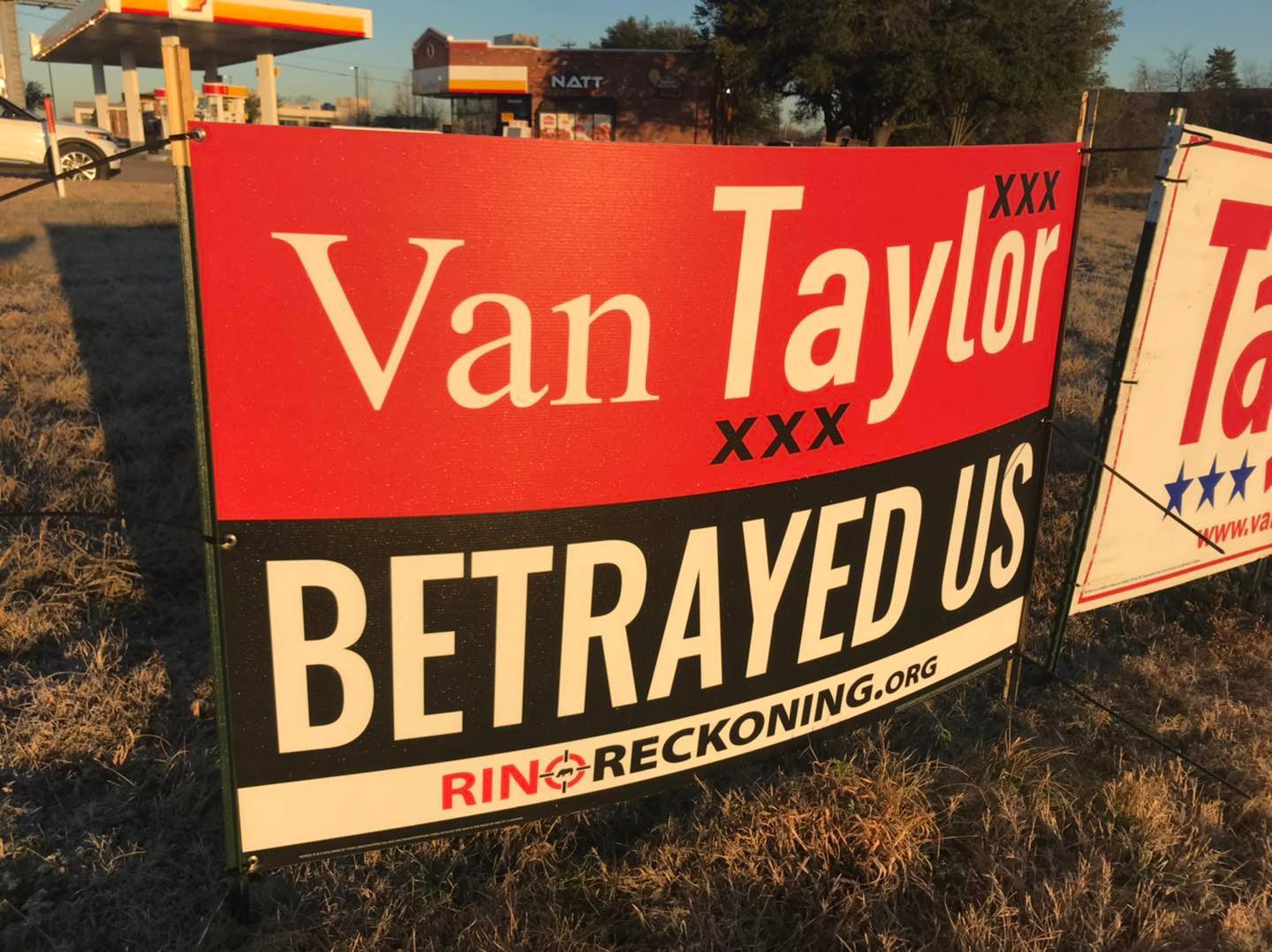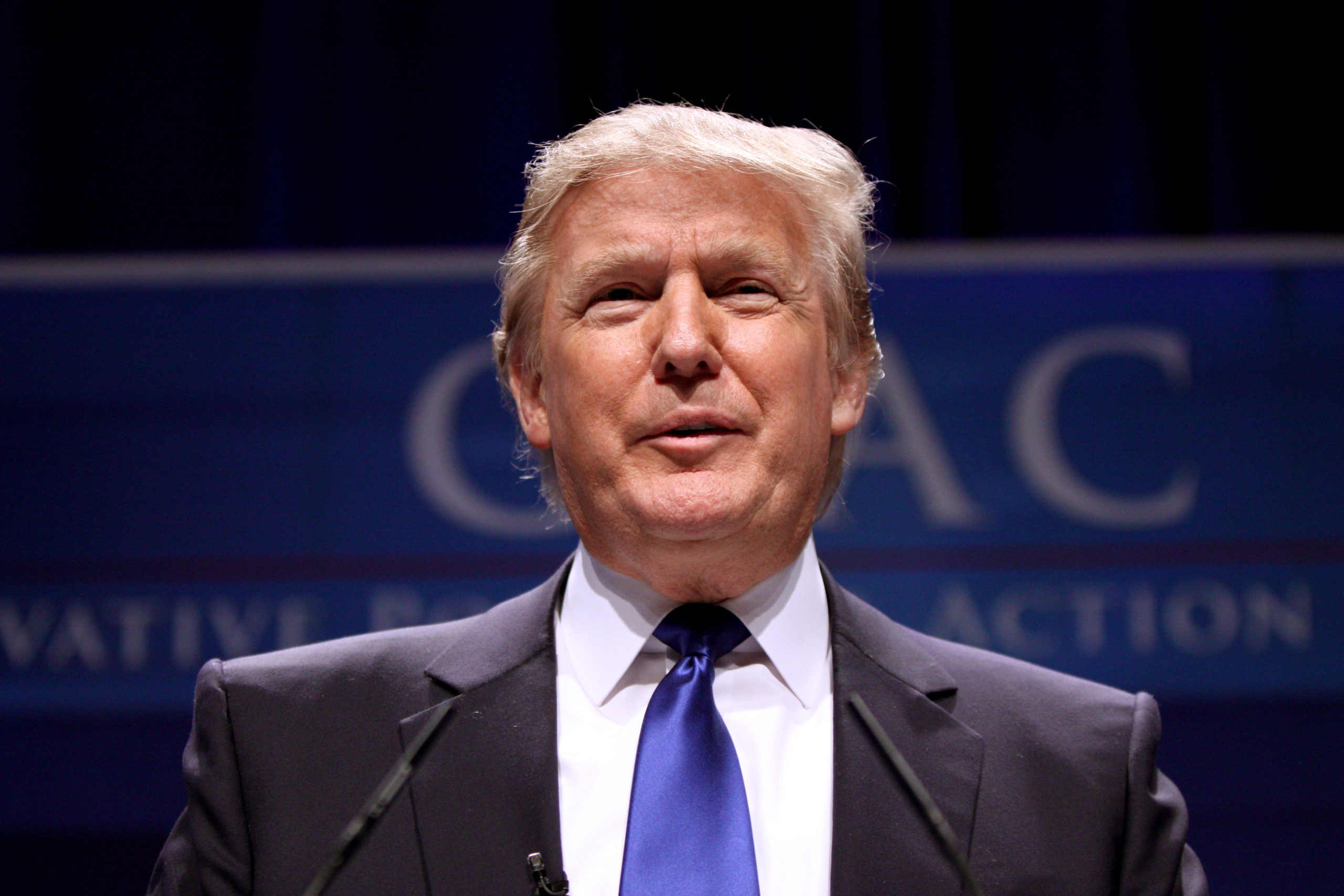The People Who Count Our Elections—or Can Grind the Process to a Halt
Our new state-by-state database lays out the web of public officials who are responsible for counting, canvassing, and certifying elections.
Quinn Yeargain | July 21, 2022


The certification of President Biden’s win in Michigan was in serious doubt after the 2020 election. In Detroit’s Wayne County, the Republican members of the board of canvassers initially refused to certify the results, citing baseless allegations of “irregularities” in several local precincts. Under pressure, the local board eventually and unanimously certified the results. But the Republicans on the state’s canvassing board renewed their objections to Detroit’s vote count until one Republican’s decision to greenlight the results allowed the process to move forward.
The 2020 election exposed more than any other how the mechanics of vote counting rely on a convoluted series of decisions by individual officials. Many are imbued with powers that, depending on how they wield them, can grind the machinery of democracy to a halt, as is made clear by the revelations about former President Donald Trump’s plot to convince state and local officials to deny the results of the 2020 election. Even when their tasks are ceremonial, the system may still hinge on their operating in good faith and without desire to overturn an election.
Trump and his allies have only intensified their focus on this sea of decision-makers, building strength. The Republican Party in Michigan has replaced many of its members on canvassing boards with representatives who do not say whether they would have certified the 2020 election, including in Wayne County. In Wisconsin, one of the GOP members of the state’s elections commission—the body tasked with certifying results—actively participated in the efforts to overturn Biden’s win in 2020. The commission’s chair, another Republican, is silent on the legitimacy of the 2020 election.
Elsewhere in the country, election deniers are running for secretary of state or other critical local offices like county clerk and election judge, often with vows to intervene in upcoming elections; and local elections officials have faced persistent harassment from proponents of the Big Lie.
This tension over election administration came to a head in June in New Mexico, when the Otero County Commission initially refused to certify the results of the local primaries, raising unsubstantiated concerns about the integrity of voting machines. The commission had deep ties to Trumpian efforts: One of the three members, Republican Cuoy Griffin, was recently convicted for participating in the January 6 insurrection at the D.C. Capitol. And the commission has embraced conspiracies about 2020, conducting a controversial “audit” of the county’s results.
The commission only voted to certify its primary results after it was ordered to do so by the state supreme court, a reminder that other institutions can step in to keep the process rolling—unless they, like some courts and statewide candidates, are captured by the same conspiracy theories.
In light of these deepening threats, it is vital to know who precisely is responsible for counting, canvassing, and certifying the votes at the state and local levels, and what powers they have. But the sheer complexity of the local systems governing our elections makes that inordinately difficult. Every state follows its own rules, often with little consistency or overlap.
Today, Bolts is publishing an original database that details the local and state officials who are responsible for counting, canvassing, and certifying election results to help answer who in your local community is responsible for these tasks—and how and when they are selected.
You can explore the full database, or click on a state below.


Who Counts Our Elections
(See also “Who Runs Our Elections,” a similar database Bolts published covering election administration up until the moment of counting; this new database, “Who Counts Our Elections,” picks up where that one ended and delves into the vast array of public officials involved in counting ballots. These resources are intended to be complementary.)
In most states, the count process begins at polling places. There, poll workers, who are often appointed by elected officials, run the show on election day, and when polls close, they conduct the first count. The process is usually mechanical—even in polling places where votes are cast on paper—and once all votes are tallied, poll workers transport the results and ballots to the county. These results are uploaded onto county election websites, transmitted to the state, and broadcast to the media. Later on, the local and state canvassing authorities meet to finalize the results and officially declare winners.
But the full process of counting ballots, as anyone who follows elections knows well, is far more complex. It also involves processing ballots that were mailed in, judging the validity of provisional ballots, and reconciling any differences between the first and final counts. These processes are governed by state constitutional provisions, state statutes, administrative rules and regulations, and unspoken rules and traditions that vary wildly from state to state—and often even within a state.
All of these rules, and the corresponding powers of canvassing officials, may be implemented or altered in ways that enfranchise or disenfranchise voters. Determining whether to count absentee ballots, for example, often requires matching signatures under often unclear standards. Election officials adopt varying tests that affect whose voice is hard. In Georgia, for example, Gwinnett County rejected a disproportionately high percentage of absentee ballots in 2018, paving for the way to a federal lawsuit and new procedures. In Pennsylvania this year, a legal dispute erupted over whether county clerks faced uncertain rules about whether to count absentee ballots that had arrived in time but lacked a handwritten date; the state supreme court tentatively resolved that they should.
Counting rules can also affect the public perception of elections. In key swing states like Wisconsin, local election officials were barred in 2020 from processing absentee ballots before election day—and many of them lobbied the state to request a change to those rules, fearing a logjam, lengthy delays, and unrepresentative election night result. State Republicans refused to change these rules, though, which means that reported results swung wildly from Trump to Biden, feeding the flames of Trump’s lies about the election.
Efforts to game this process predate Trump’s most recent maneuvers; in 2019, Kentucky’s GOP governor lost his reelection bid but hoped he could get state lawmakers to step in to keep him in office. But Trump’s false public statements since the 2020 presidential elections, which prominent GOP politicians and candidates are now embracing or running on, have persuaded most rank-and-file Republicans that the election was stolen; some people who hold these views are bound to be part of the tens of thousands who will sit on local canvassing boards or work at the polls.Republicans officials trying to block election certification in a single populous Democratic area in 2024, like Wayne County, could throw the process into disarray, especially if other institutions like a GOP-run legislature is ready to exploit it.
Despite these realities, the patchwork of officials and rules that govern what happens after polls close can be tricky to track for people who are concerned to safeguard democracy.
If you have read that some county clerks in a neighboring state are threatening elections, that doesn’t mean that they have the authority to do so where you live—but your local judge or commissioner might. Alabama’s elected sheriffs sit on local elections boards, a striking power given that many sheriffs are taking an active part in “Stop the Steal” efforts. Some counties have bodies tasked specifically with deciding whether to accept mail-in or provisional ballots, while others don’t. In states with all-mail elections such as Colorado and Oregon, vote-counting is usually centralized in a way that isn’t true in other states.
In Arizona and Georgia, secretaries of state are integral to the certification of election results, but that’s not the case in other swing states such as Michigan and Wisconsin, where that power lies instead in elections commissions made up of more obscure members. And complicating matters even further, many states have different procedures depending on the office in question.
While the ins and outs of the counting, canvassing, and certifying votes may be complicated, we hope this new Bolts database will clarify the stakes and help voters understand “who counts our elections.”




